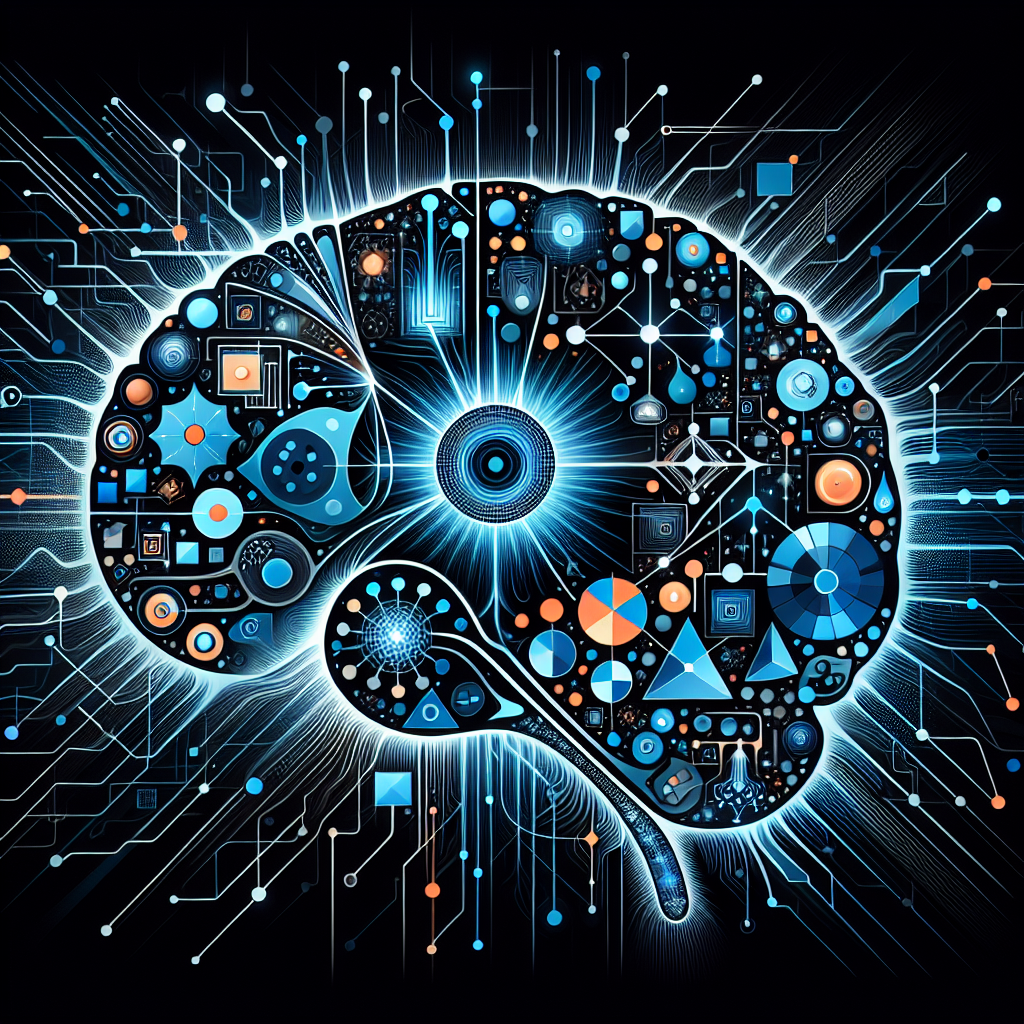Your cart is currently empty!
Unleashing the Potential of Neural Networks: A Guide to CNN in PyTorch and TensorFlow

Neural networks have revolutionized the field of artificial intelligence and machine learning, allowing for complex tasks to be automated and processed at lightning speed. One of the most powerful types of neural networks is the Convolutional Neural Network (CNN), which is specifically designed for image recognition and classification tasks. In this article, we will explore how to unleash the potential of CNNs using two popular deep learning frameworks: PyTorch and TensorFlow.
PyTorch and TensorFlow are two of the most widely used deep learning frameworks, offering a range of tools and libraries for building and training neural networks. Both frameworks have strong support for CNNs, making them ideal for image processing tasks.
To get started with CNNs in PyTorch and TensorFlow, it is important to understand the basic architecture of a convolutional neural network. A CNN consists of several layers, including convolutional layers, pooling layers, and fully connected layers. Convolutional layers are responsible for extracting features from the input image through a series of convolution operations. Pooling layers then downsample the feature maps, reducing the dimensionality of the data. Finally, fully connected layers use the extracted features to make predictions about the input image.
In PyTorch, building a CNN involves defining a custom neural network class that inherits from the nn.Module class. This class will contain the layers of the CNN, as well as the forward method that specifies how the input data should be processed through the network. PyTorch also provides a range of pre-trained CNN models, such as ResNet and VGG, that can be easily loaded and used for transfer learning tasks.
TensorFlow follows a similar approach to building CNNs, using the high-level Keras API to define and compile neural network models. Keras provides a simple and intuitive way to build complex neural networks, allowing users to easily add layers and configure the network architecture. TensorFlow also offers a range of pre-trained CNN models through the TensorFlow Hub, making it easy to leverage existing models for image classification tasks.
Training a CNN in PyTorch and TensorFlow involves specifying a loss function and optimizer, as well as feeding the training data through the network using a data loader or generator. Both frameworks provide tools for monitoring training progress, such as TensorBoard in TensorFlow and the PyTorch Lightning library for PyTorch.
In conclusion, CNNs are a powerful tool for image recognition and classification tasks, and PyTorch and TensorFlow offer a range of tools and libraries for building and training these networks. By following the guidelines outlined in this article, you can unleash the full potential of CNNs and tackle complex image processing tasks with ease.
#Unleashing #Potential #Neural #Networks #Guide #CNN #PyTorch #TensorFlow,understanding deep learning: building machine learning systems with pytorch
and tensorflow: from neural networks (cnn

Leave a Reply